'Nearly Eternal': food-art that’s too good to eat
The photographer Norbert Schoerner has turned his camera to the subject of food, working alongside Tokyo-based art director Steve Nakamura to create a sublime and mysterious portfolio of solitary meals, obscure ingredients and improbable still lives
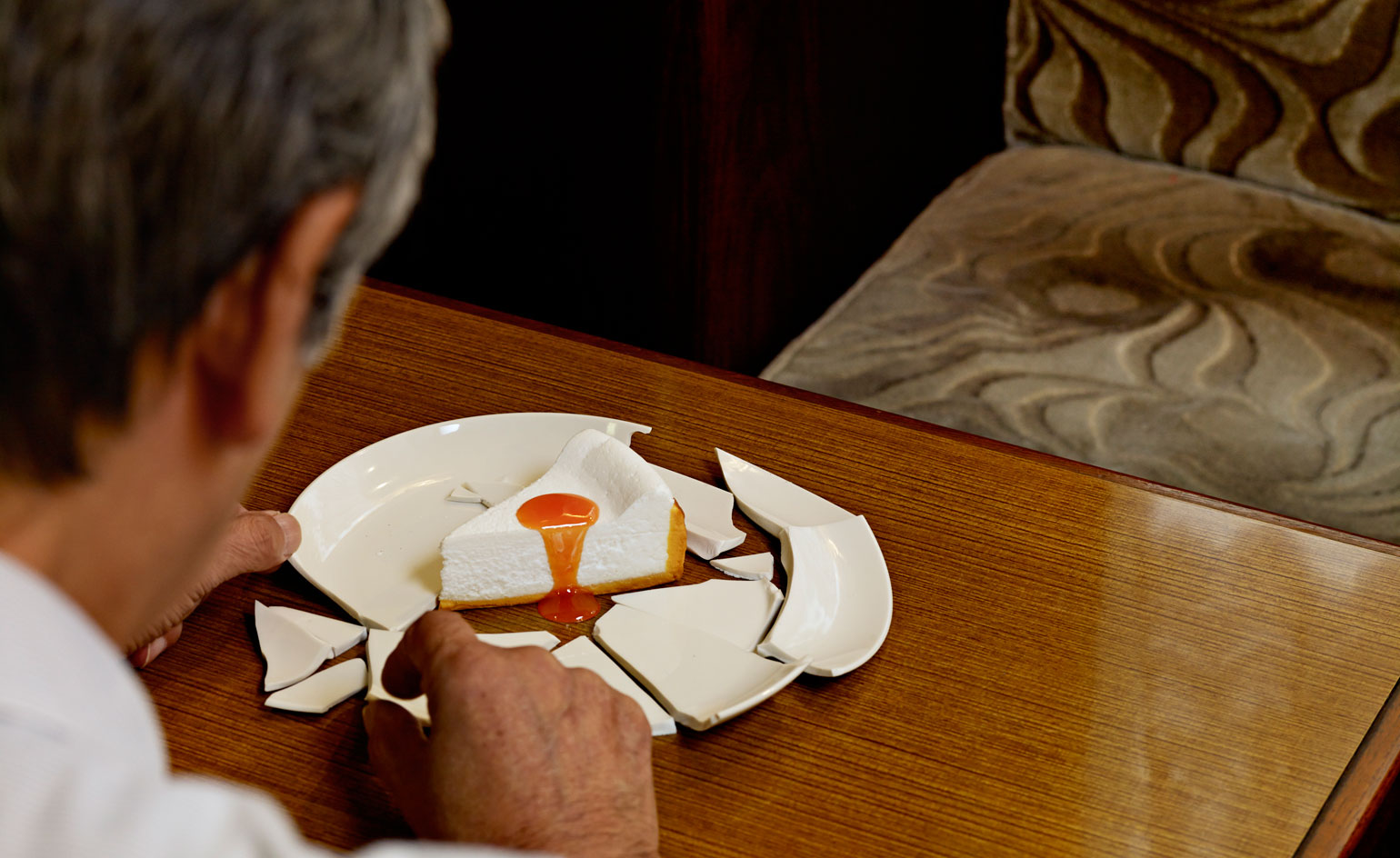
The photographer Norbert Schoerner has turned his camera to the subject of food, working alongside Tokyo-based art director Steve Nakamura to create a sublime and mysterious portfolio of solitary meals, obscure ingredients and improbable still lives.
Nearly Eternal is not an everyday foray into edible imagery. Schoerner is an acclaimed and accomplished photographer, a pioneer of digital imagery with numerous fashion credits to his name and has long-running collaborations with The Face, Dazed & Confused and the Chapman Brothers. The German photographer’s partnership with Nakamura – another regular collaborator – treats food and its accessories as if they were props in an ongoing but obscure narrative. Both men revel in the use of rich blocks of colour and abstract forms, as well as the physicality of working with real things in real places.
Nearly Eternal revels in juxtaposition and artifice, whether it’s enticing or jarring (a smashed glass amidst melted ice, a strawberry against fake green fingernails). The result highlights not just the absurdity of hyper-styled food photography but the transient nature of food itself.
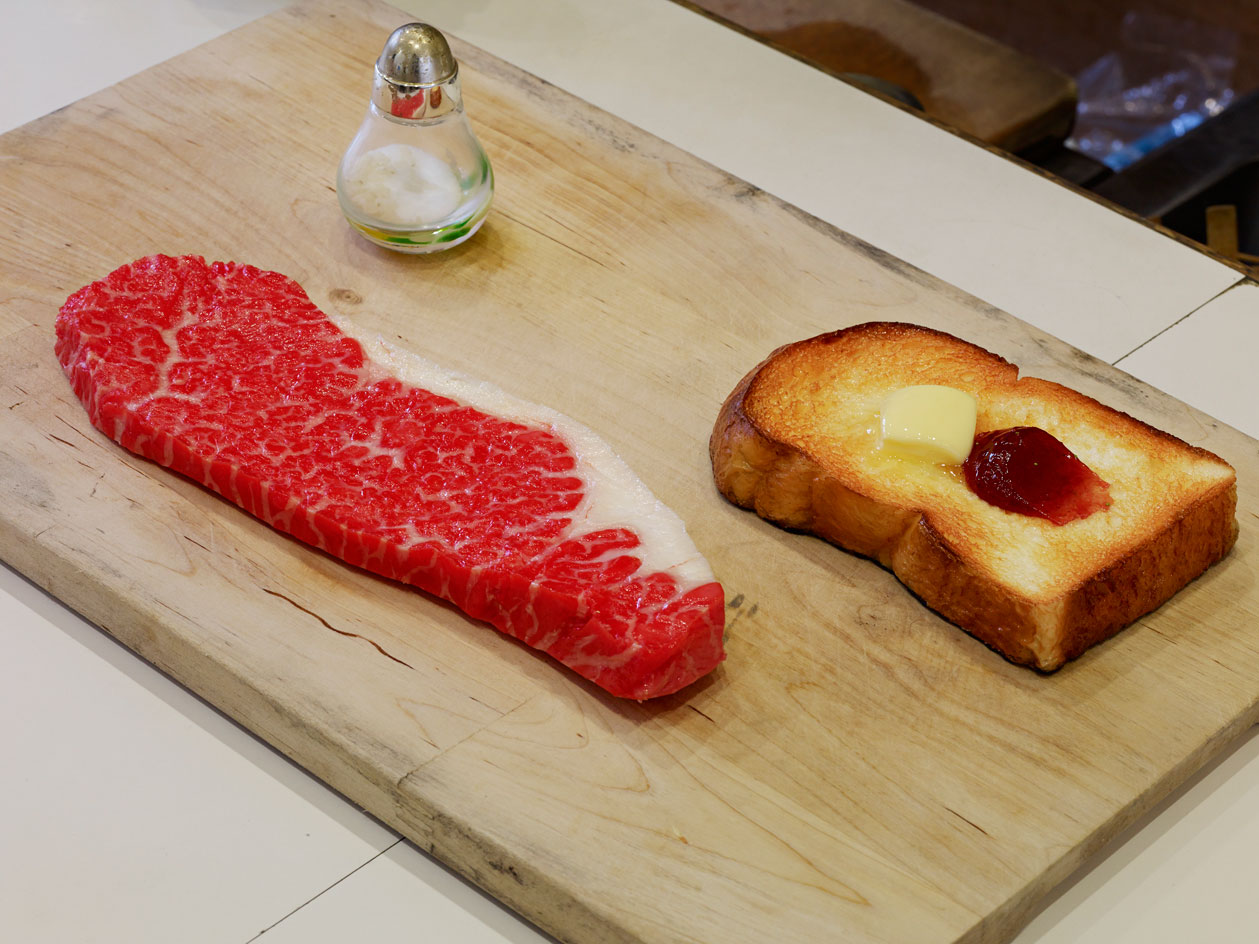
Simple food items morph into props over the course of the series
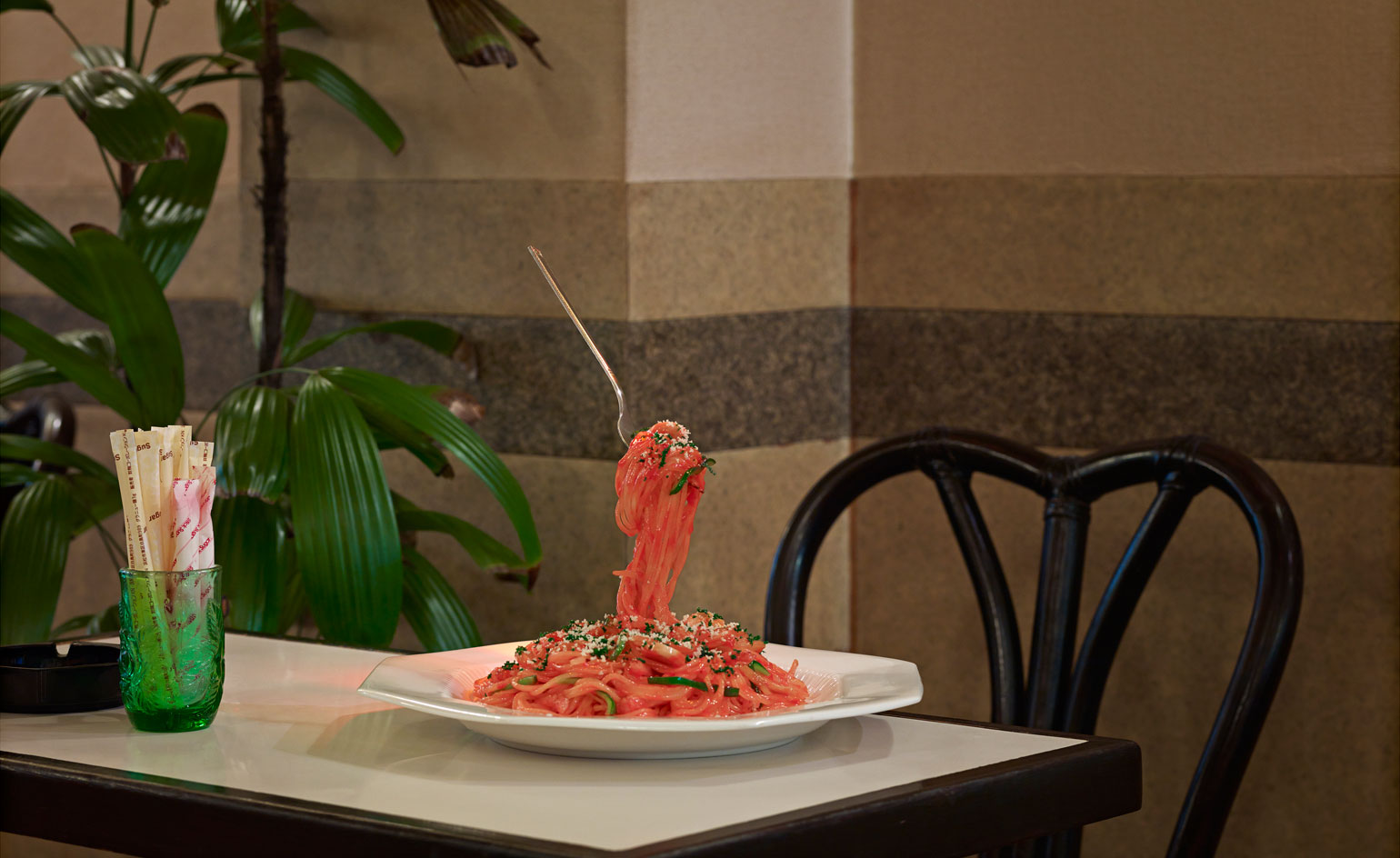
A meal without an eater – Nearly Eternal plays with the concept of 'food as display', something to be admired and not consumed...
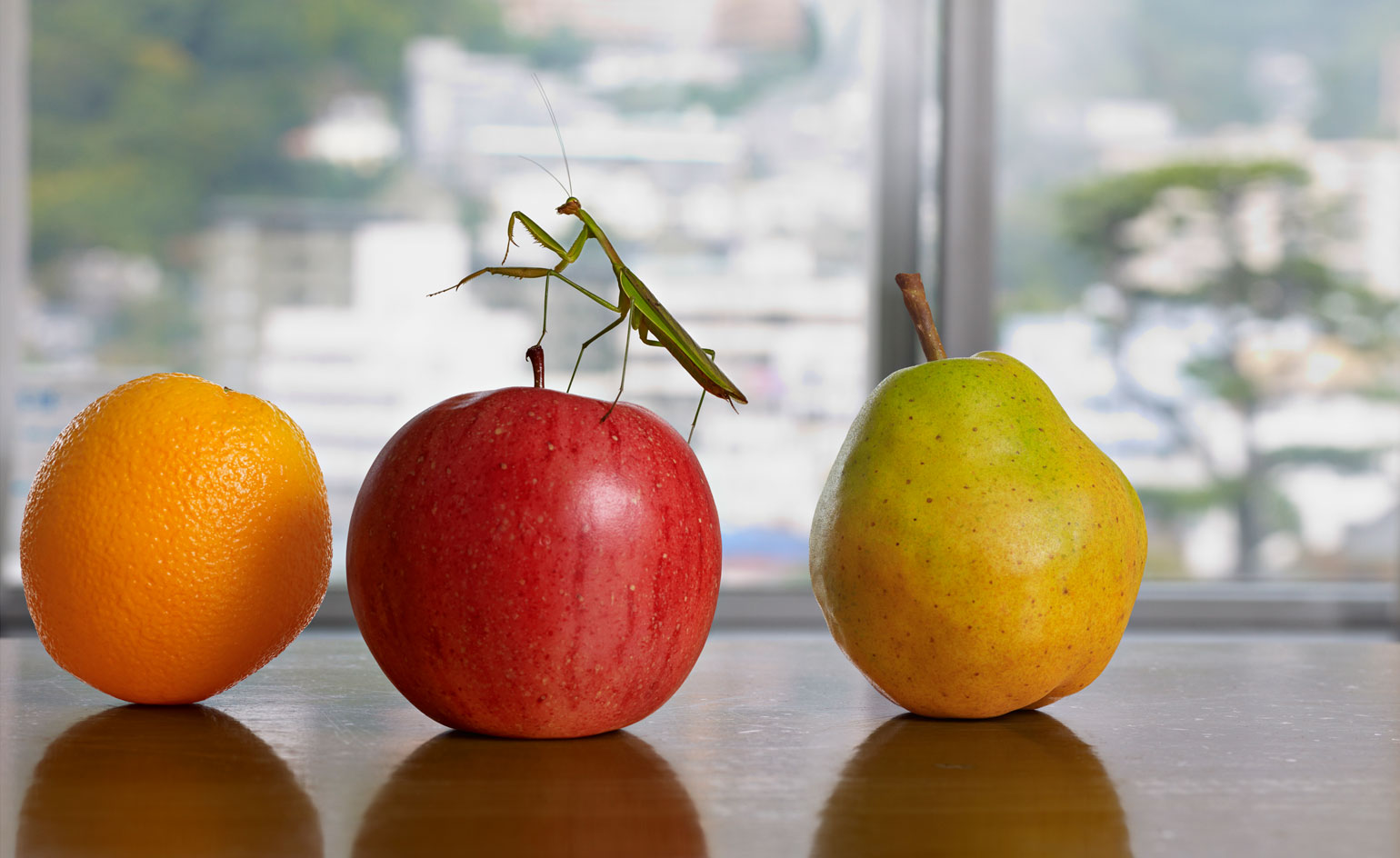
... which touches upon the inherent irony of the 'food book' – at its heart, food photography creates images that 'look too good to eat', as seen in this almost-too-perfect, potentially plastic fruit

The dilemma: how to capture to the transcient nature of food via the distinctly un-transcient form of still photography, which by very definition can only capture a moment?
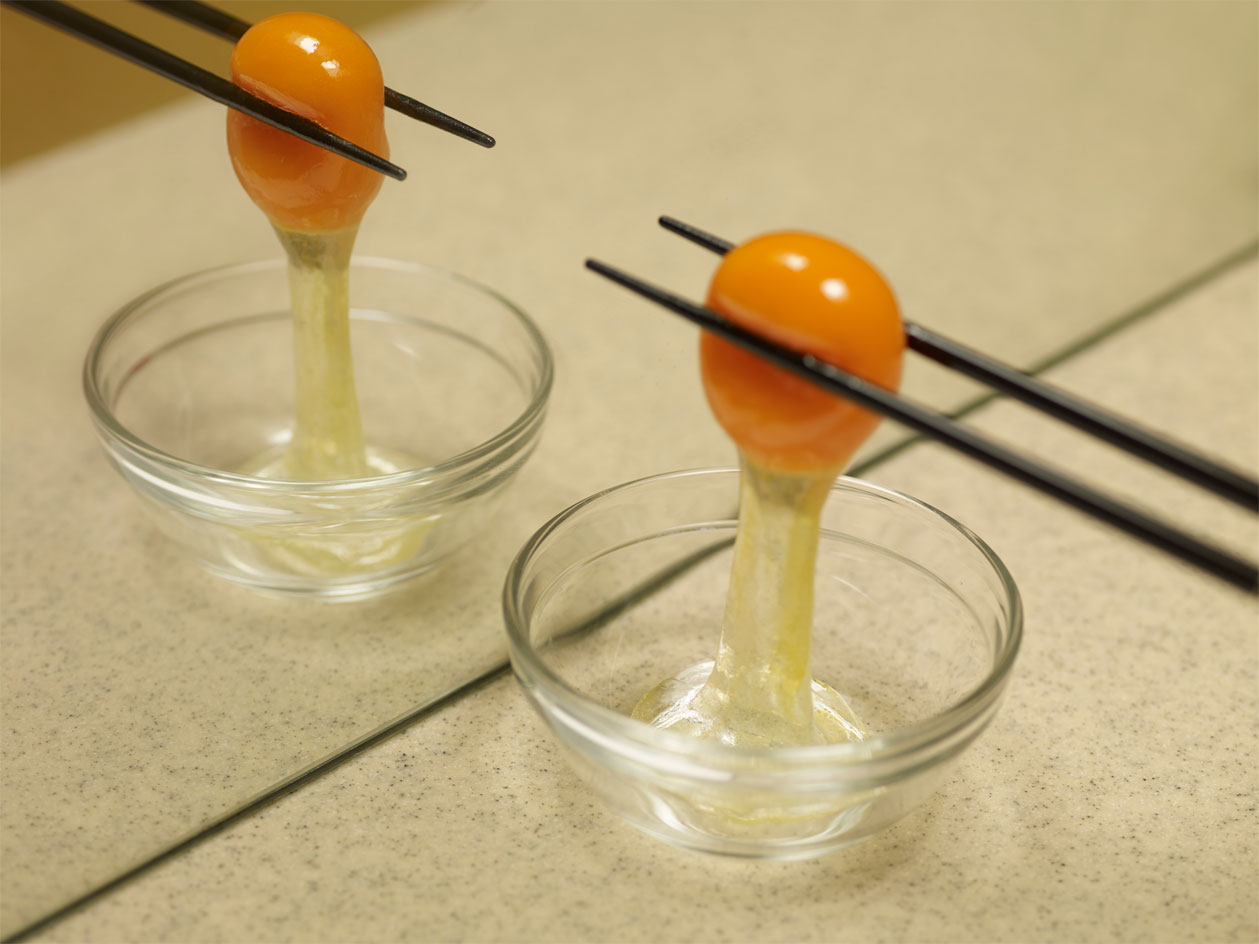
Schoerner tackles this by making each dish an art work, something intended to last, and Nakamura makes each photograph a beautiful record, together forming something which is 'nearly eternal', despite the subject's perishable nature. Pictured: two egg yolks are delicately suspended between pincer-like chopsticks, mimicking a hanging kumquat and testing our sensory perception
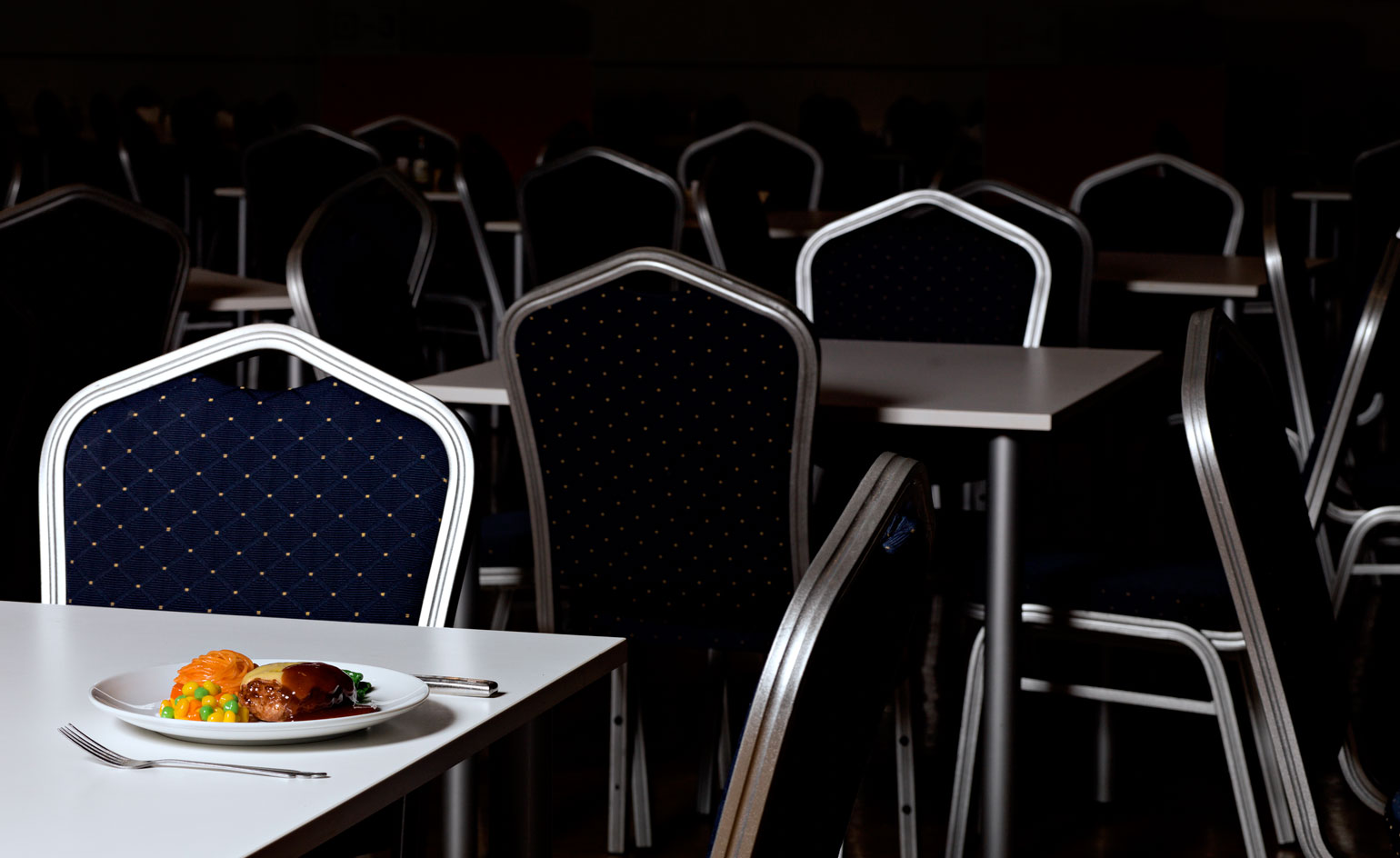
The role of 'eater' or 'restaurant-goer' is never filled – chairs remain empty and forks remain clean – which forces the reader into the position of 'eater', visually tasting and sampling each meal
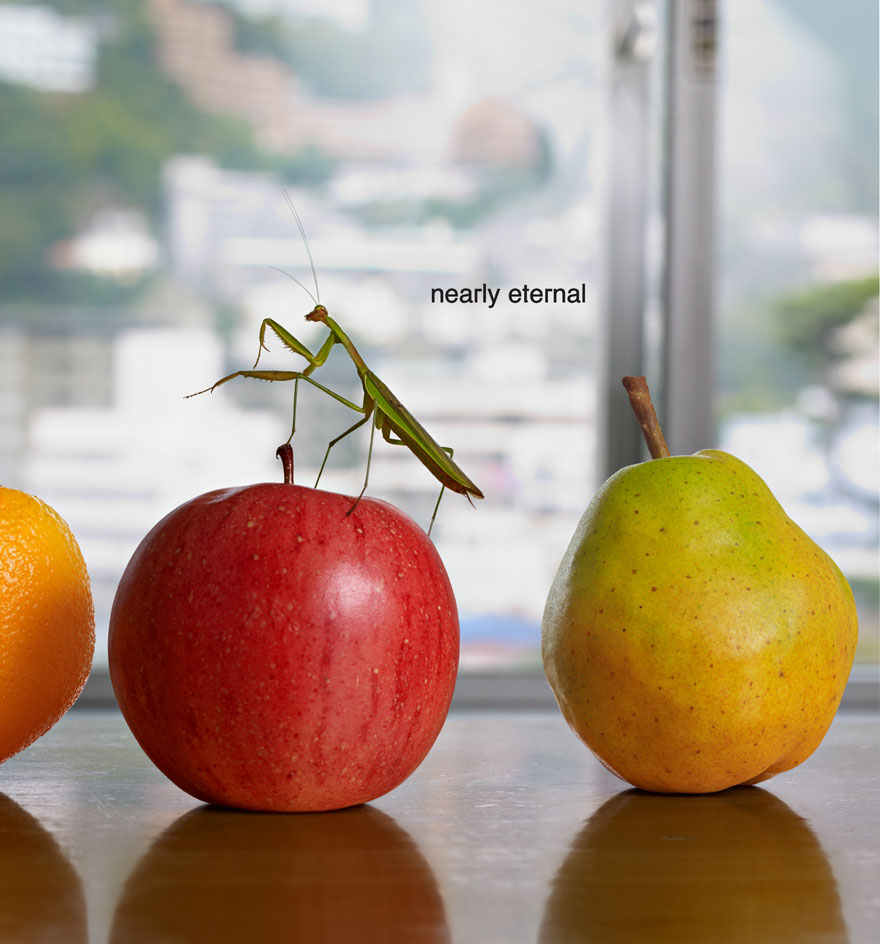
Nearly Eternal will be available from December
INFORMATION
Nearly Eternal by Norbert Schoerner and Steve Nakamura, Chance Publishing (an imprint of Claire de Rouen Books) limited to 500 copies. Available from December, from Claire de Rouen's website
Photography: Steve Nakamura and Norbert Schoerner. Courtesy Claire de Rouen Books
ADDRESS
Claire de Rouen
First Floor
125 Charing Cross Road
London, WC2H 0EW
Receive our daily digest of inspiration, escapism and design stories from around the world direct to your inbox.
Jonathan Bell has written for Wallpaper* magazine since 1999, covering everything from architecture and transport design to books, tech and graphic design. He is now the magazine’s Transport and Technology Editor. Jonathan has written and edited 15 books, including Concept Car Design, 21st Century House, and The New Modern House. He is also the host of Wallpaper’s first podcast.
-
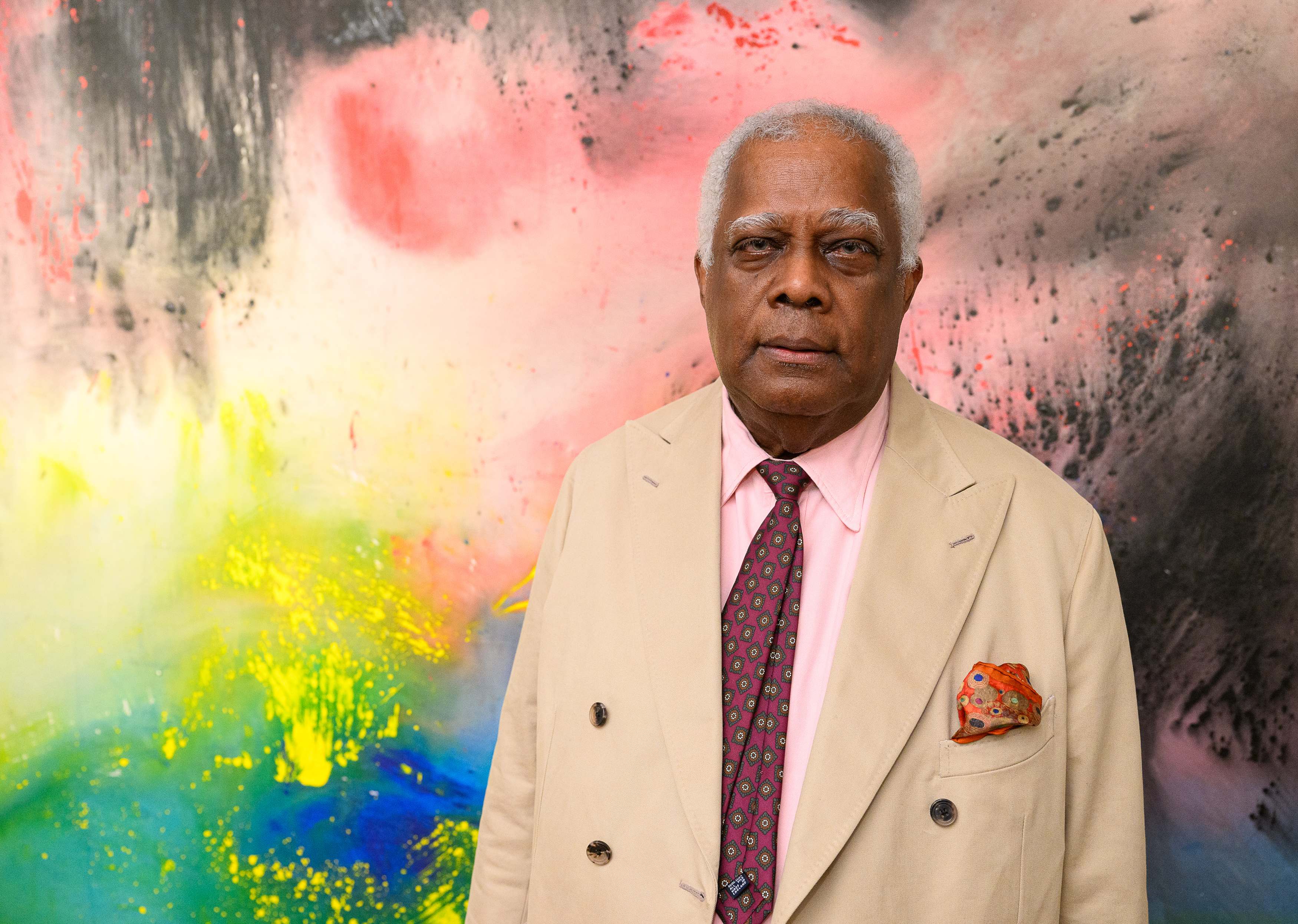 Winston Branch searches for colour and light in large-scale artworks in London
Winston Branch searches for colour and light in large-scale artworks in LondonWinston Branch returns to his roots in 'Out of the Calabash' at Goodman Gallery, London ,
-
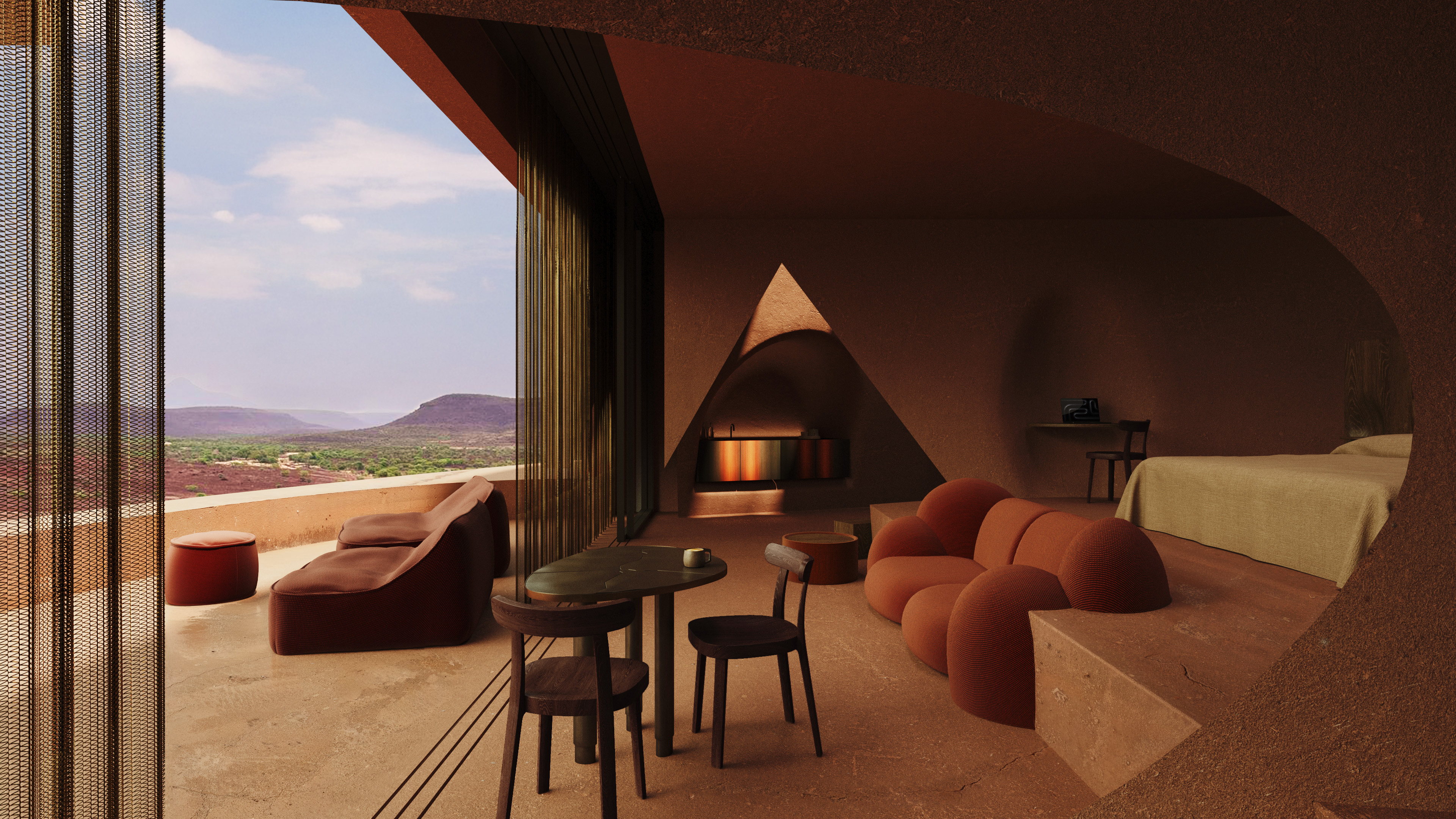 The most anticipated hotel openings of 2026
The most anticipated hotel openings of 2026From landmark restorations to remote retreats, these are the hotel debuts shaping the year ahead
-
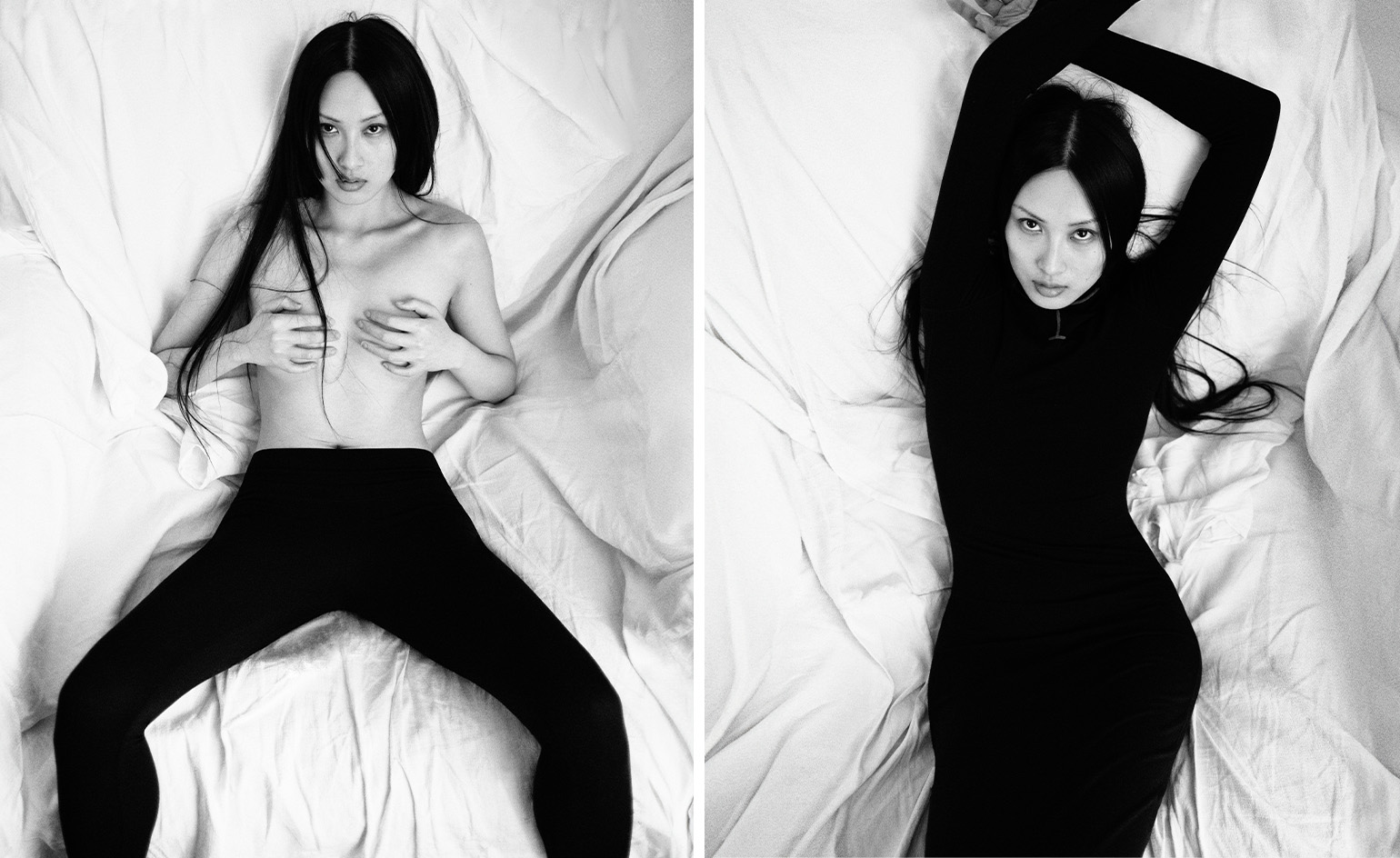 Is the future of beauty skincare you can wear? Sylva’s Tallulah Harlech thinks so
Is the future of beauty skincare you can wear? Sylva’s Tallulah Harlech thinks soThe stylist’s label, Sylva, comprises a tightly edited collection of pieces designed to complement the skin’s microbiome, made possible by rigorous technical innovation – something she thinks will be the future of both fashion and beauty
-
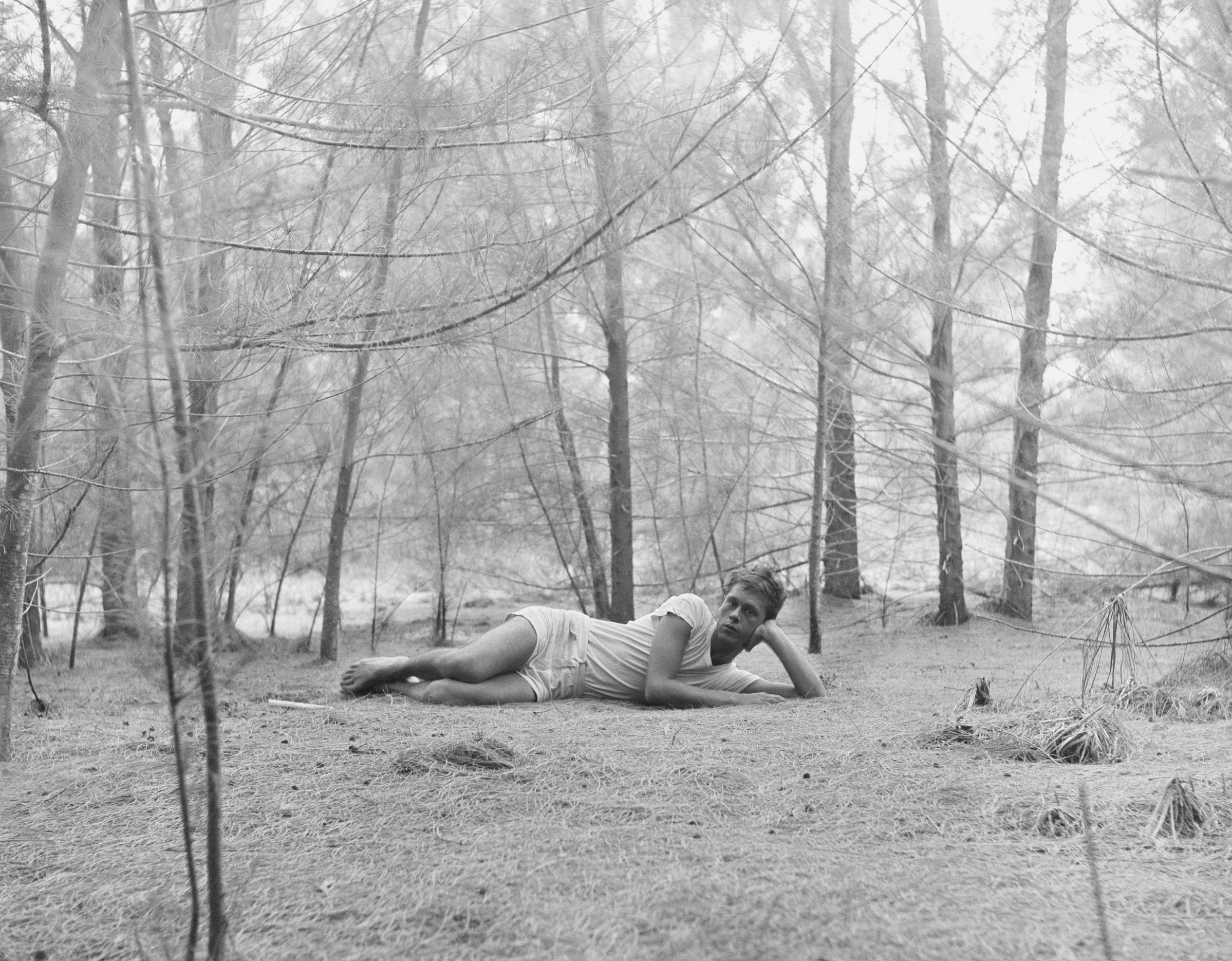 Inside the seductive and mischievous relationship between Paul Thek and Peter Hujar
Inside the seductive and mischievous relationship between Paul Thek and Peter HujarUntil now, little has been known about the deep friendship between artist Thek and photographer Hujar, something set to change with the release of their previously unpublished letters and photographs
-
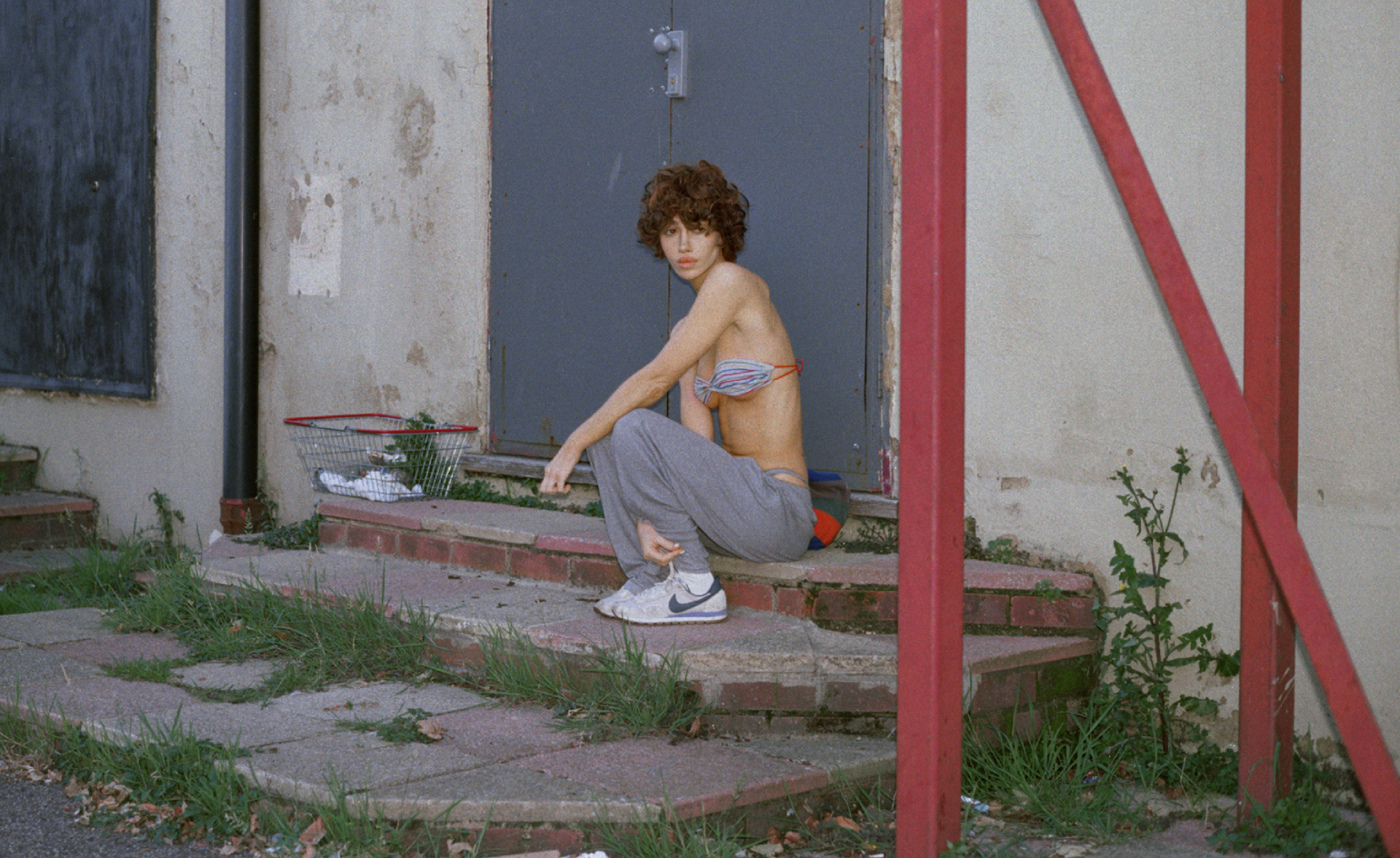 Nadia Lee Cohen distils a distant American memory into an unflinching new photo book
Nadia Lee Cohen distils a distant American memory into an unflinching new photo book‘Holy Ohio’ documents the British photographer and filmmaker’s personal journey as she reconnects with distant family and her earliest American memories
-
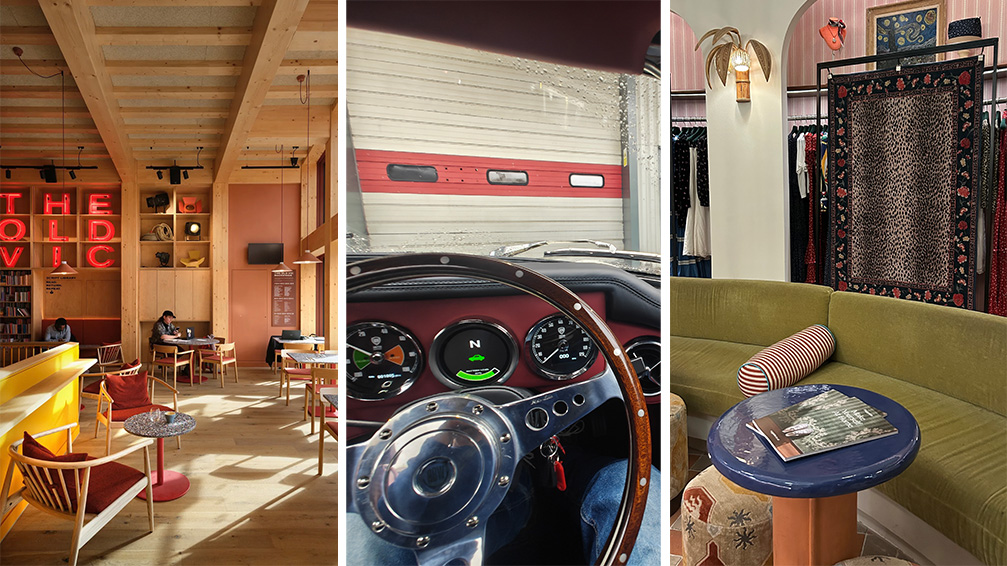 Out of office: The Wallpaper* editors’ picks of the week
Out of office: The Wallpaper* editors’ picks of the weekThe rain is falling, the nights are closing in, and it’s still a bit too early to get excited for Christmas, but this week, the Wallpaper* team brought warmth to the gloom with cosy interiors, good books, and a Hebridean dram
-
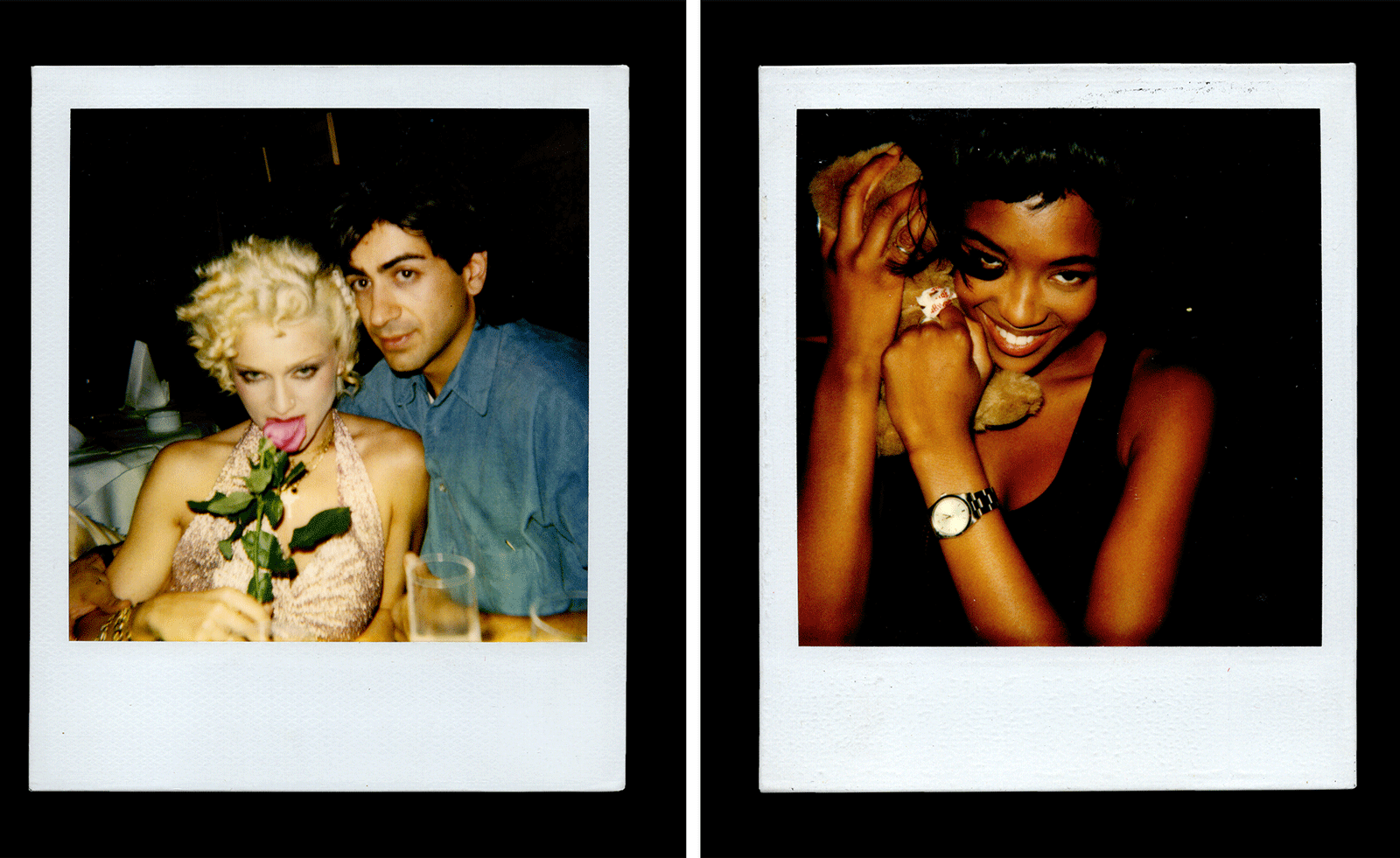 Inside Davé, Polaroids from a little-known Paris hotspot where the A-list played
Inside Davé, Polaroids from a little-known Paris hotspot where the A-list playedChinese restaurant Davé drew in A-list celebrities for three decades. What happened behind closed doors? A new book of Polaroids looks back
-
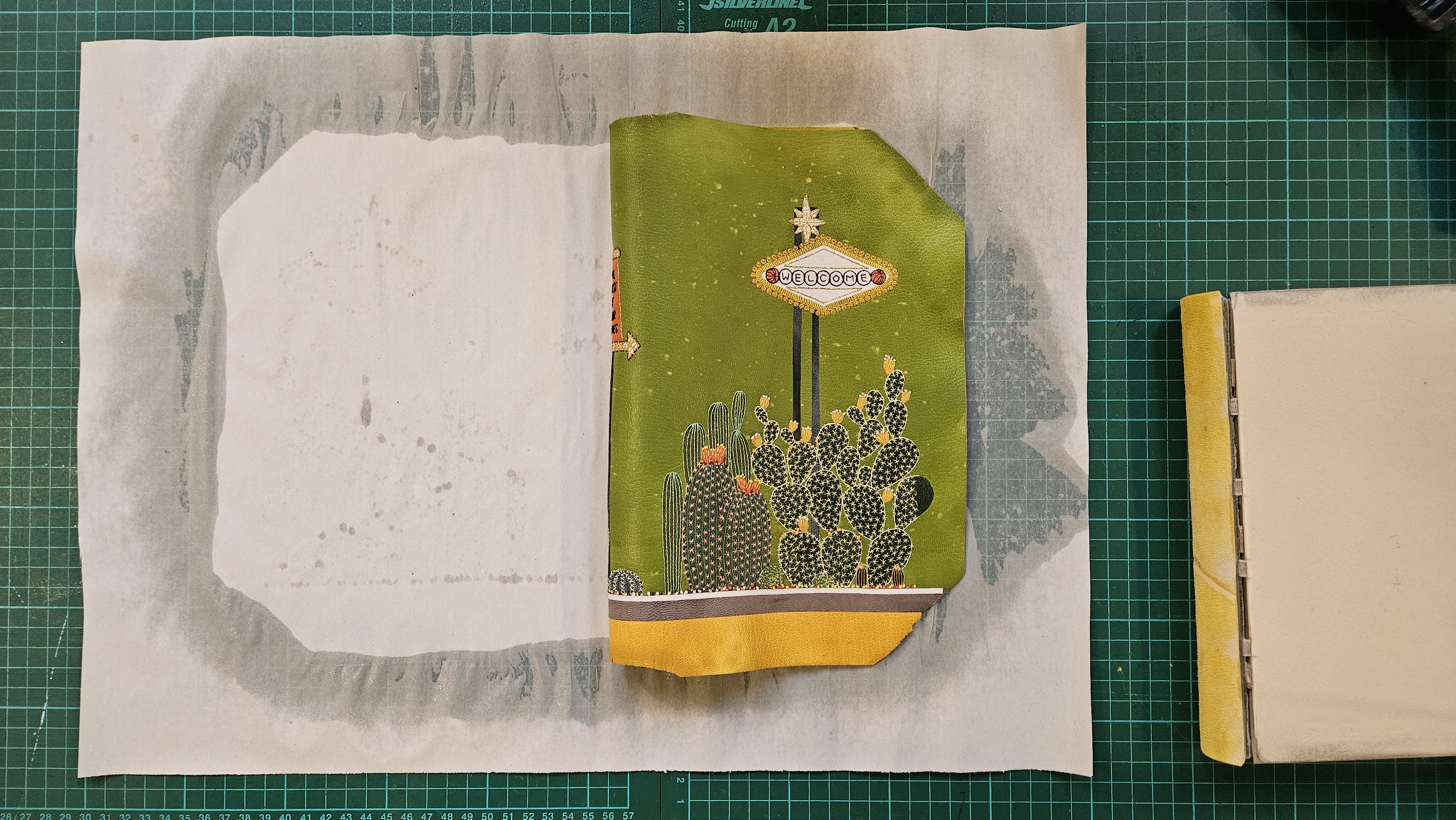 Inside the process of creating the one-of-a-kind book edition gifted to the Booker Prize shortlisted authors
Inside the process of creating the one-of-a-kind book edition gifted to the Booker Prize shortlisted authorsFor over 30 years each work on the Booker Prize shortlist are assigned an artisan bookbinder to produce a one-off edition for the author. We meet one of the artists behind this year’s creations
-
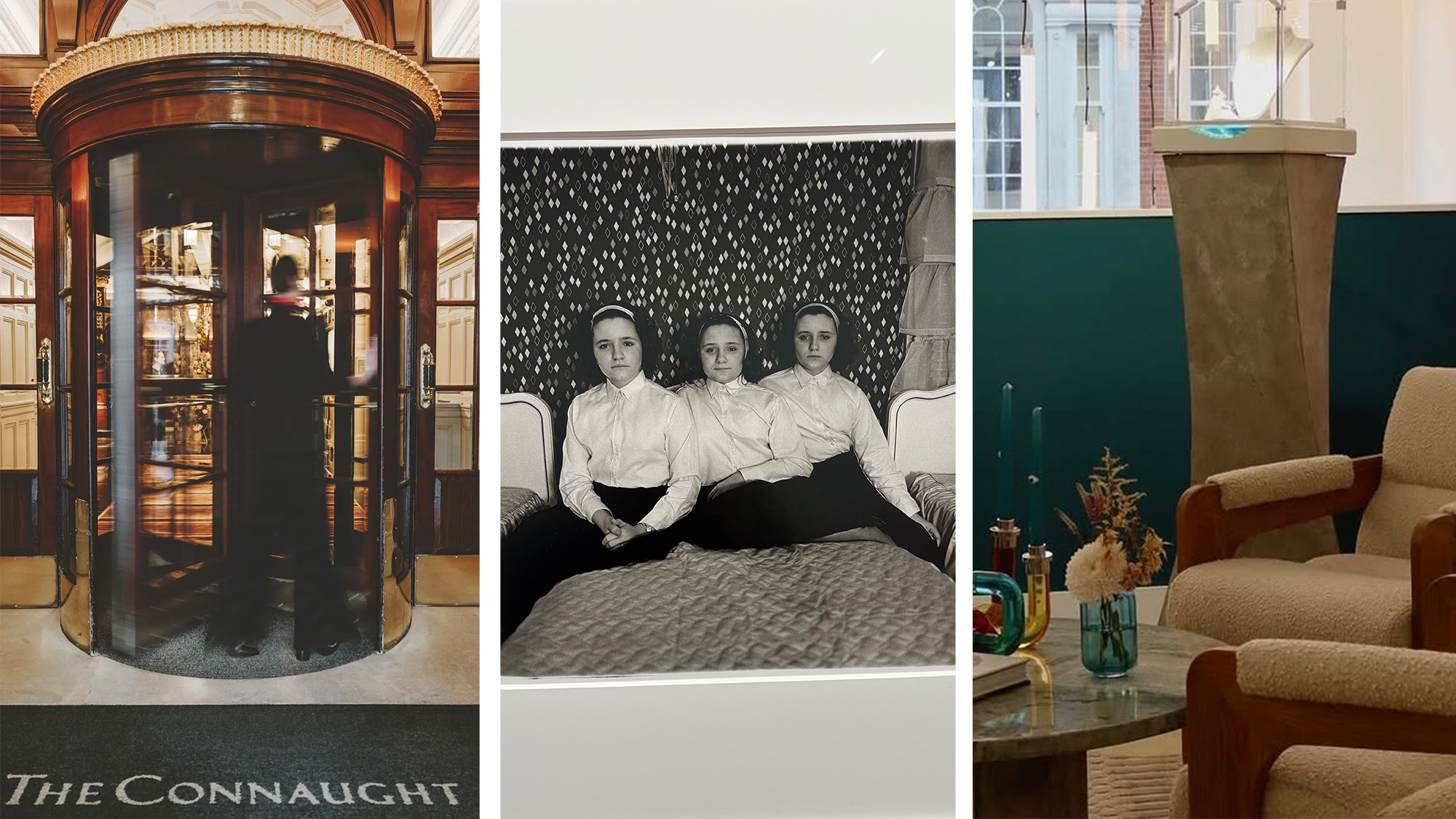 Out of office: The Wallpaper* editors’ picks of the week
Out of office: The Wallpaper* editors’ picks of the weekThis week, the Wallpaper* editors curated a diverse mix of experiences, from meeting diamond entrepreneurs and exploring perfume exhibitions to indulging in the the spectacle of a Middle Eastern Christmas
-
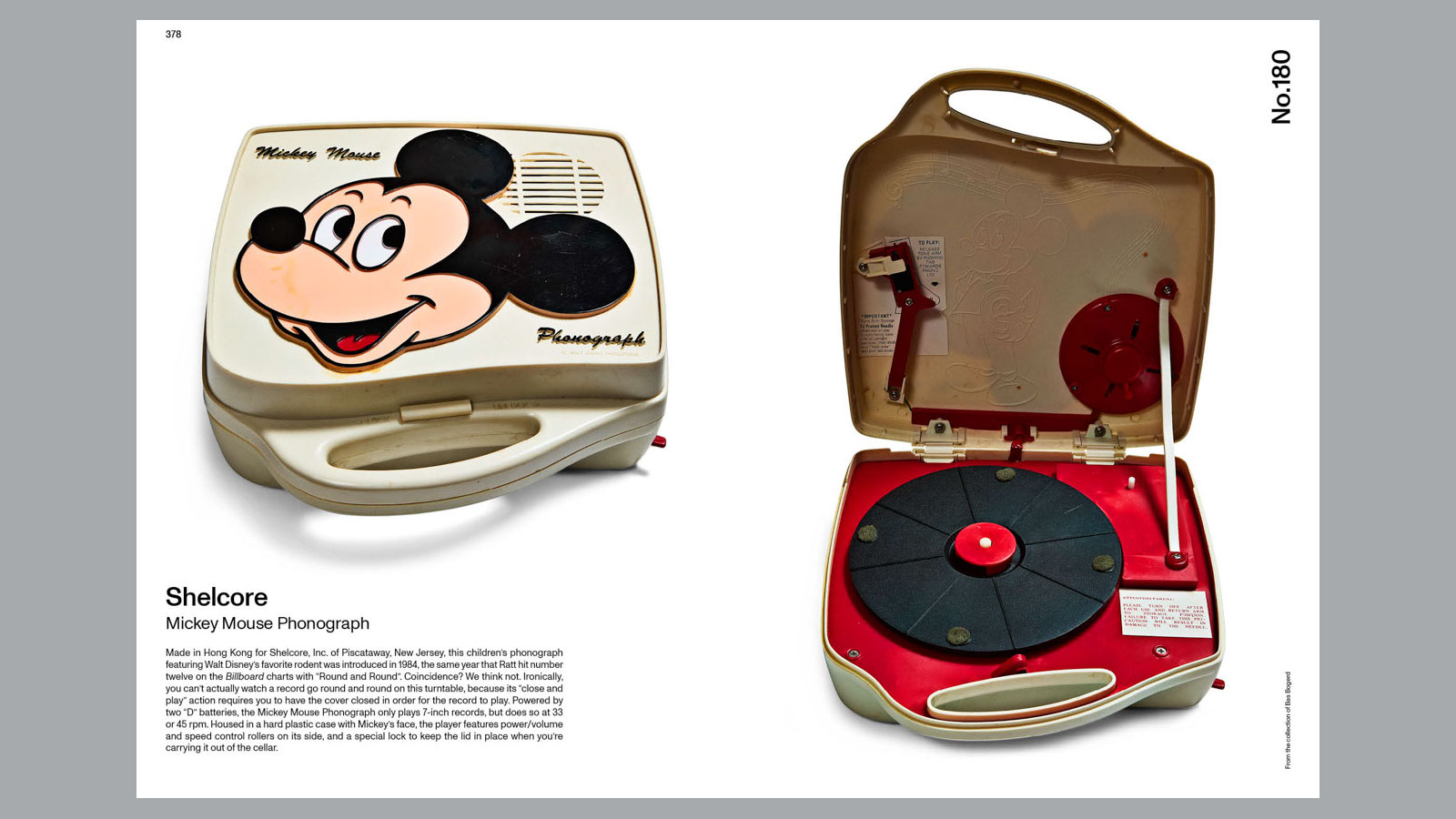 14 of the best new books for music buffs
14 of the best new books for music buffsFrom music-making tech to NME cover stars, portable turntables and the story behind industry legends – new books about the culture and craft of recorded sound
-
 Jamel Shabazz’s photographs are a love letter to Prospect Park
Jamel Shabazz’s photographs are a love letter to Prospect ParkIn a new book, ‘Prospect Park: Photographs of a Brooklyn Oasis, 1980 to 2025’, Jamel Shabazz discovers a warmer side of human nature